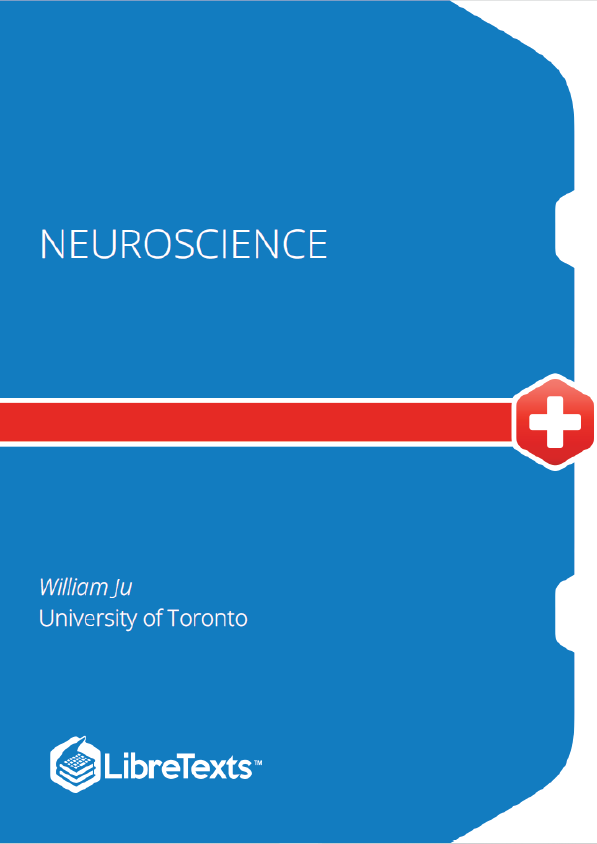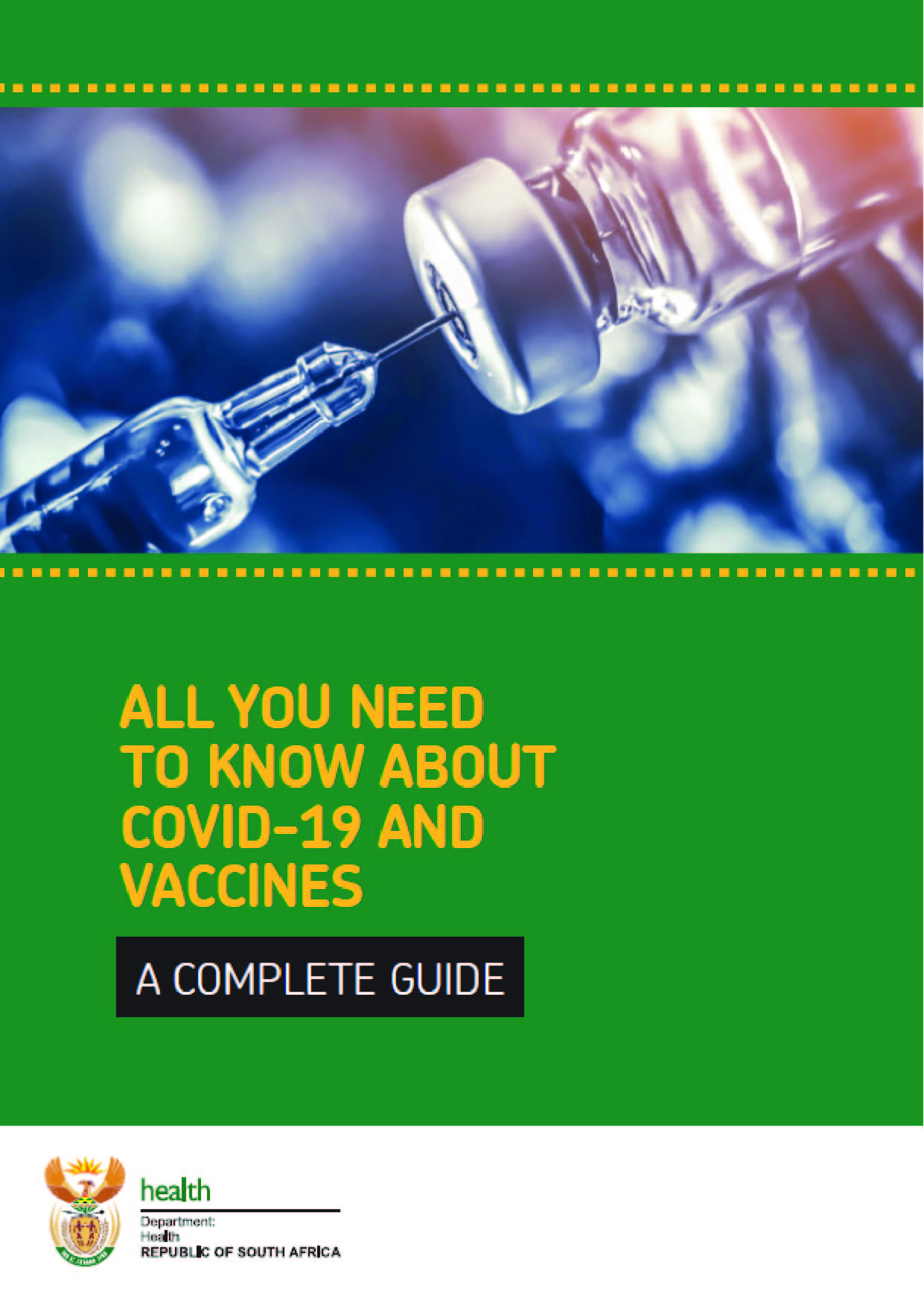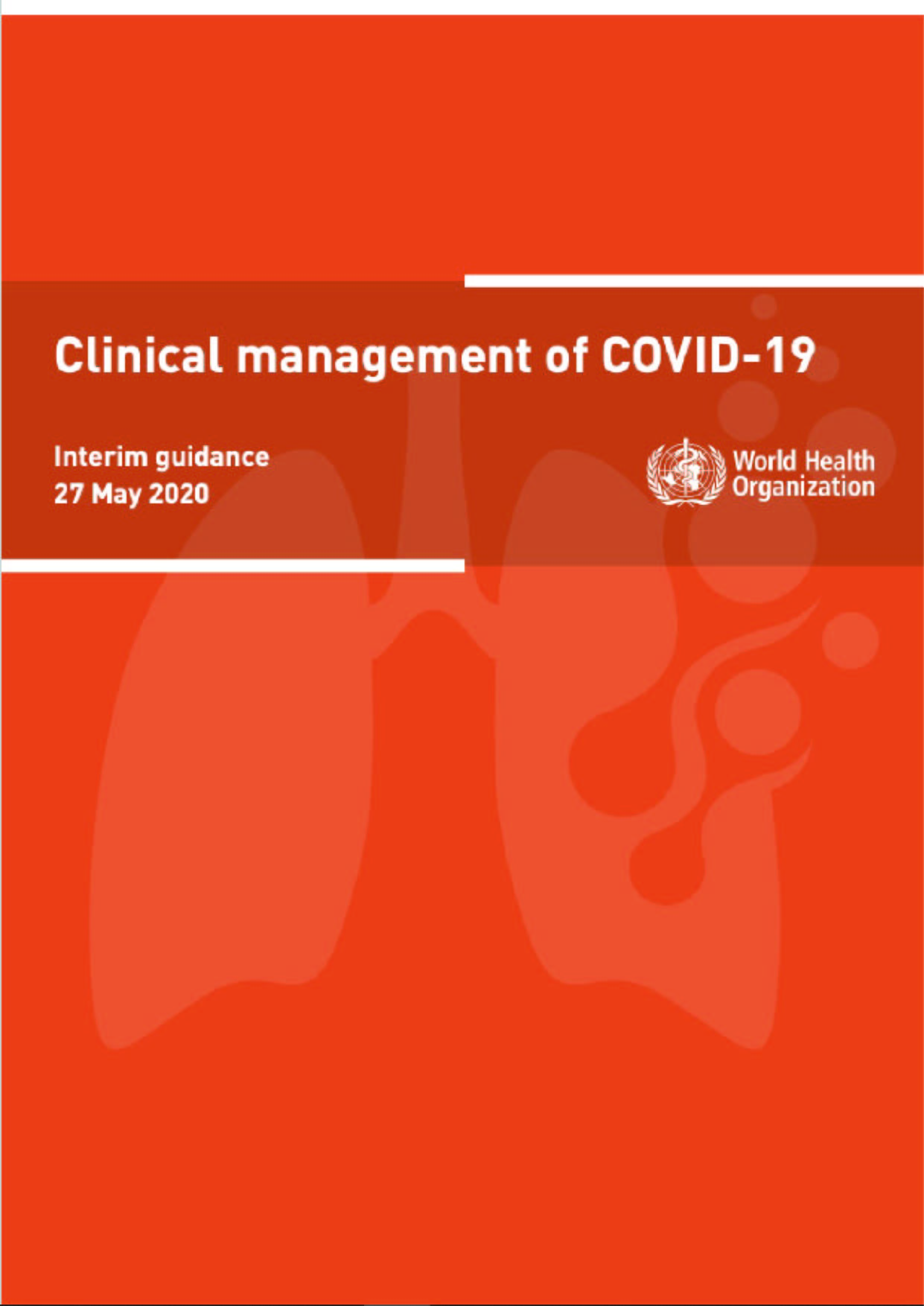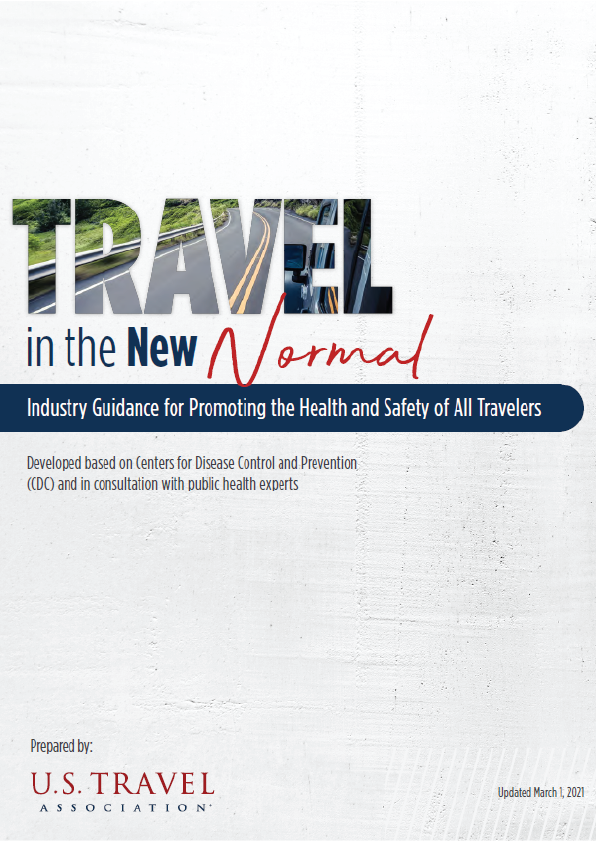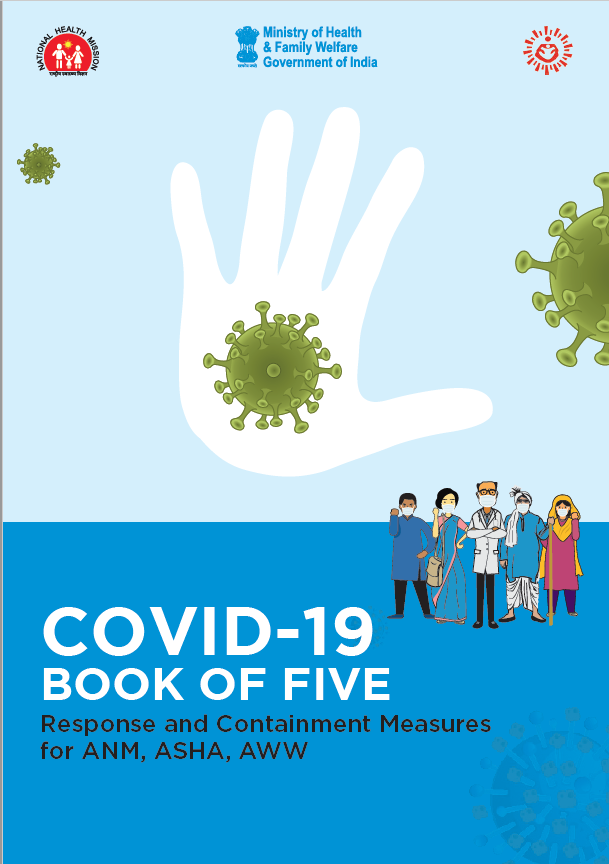Axonal Injury in the PNS and the CNS
The previous chapter dealt with the impact that micro-organisms had on the health of neurons. This chapter outlines the differing roles of the PNS and CNS following injury and in recovery. It has long been known that following damage to axons, that the neurons within the PNS can undergo outgrowth and can recover (i.e. undergo regeneration) while neurons within the CNS do not seem capable of doing so.
What are the key differences?
Although it is possible that there are inherent properties that make neurons in the CNS somehow different from those in the PNS, it is more likely that external factors and cells account for the differences in their abilities to regenerate following damage. As shown in Figure . above, within the CNS, following axonal injury, the site of damage distal to injury (i.e. further away from damage) often undergoes degeneration and the distal axon degenerates and eventually disappears. Although there are several reasons that this is thought to occur, most notably this is believed to involve a lack of macrophage clearing of damaged myelin as well as the formation of a glial scar via activated astrocytes that cause a physical barrier to their re-growth. Additionally, molecules that are unique to the CNS (see chapter in this Unit on Multiple Sclerosis) also are believed to be up-regulated within the CNS following damage that prevent regeneration. These molecules are associated with the CNS specific glial cells, oligodendrocytes that provide myelination, and these cells increase the production of Nogo, MAG (Myelin Associated Glycoprotein) and OGmp (Oligodendroctye myelin glycoprotein) among others.
Pathophysiological implications – TBI (Traumatic Brain Injury) You might be asking yourself, where do these types of axonal injuries occur with the brain and CNS? Increasingly researchers and clinicians are finding that there is specific axonal injury that could occur following traumatic brain injury (TBI) or concussion related injuries. One of the ways in which axons within the brain become damaged include the process of coup/contre-coup where the brain (and its neurons) are first compressed (coup) and then stretched (contre-coup). The mechanical forces on the neuron on the brain may result in varying degrees of damage to the neurons.
